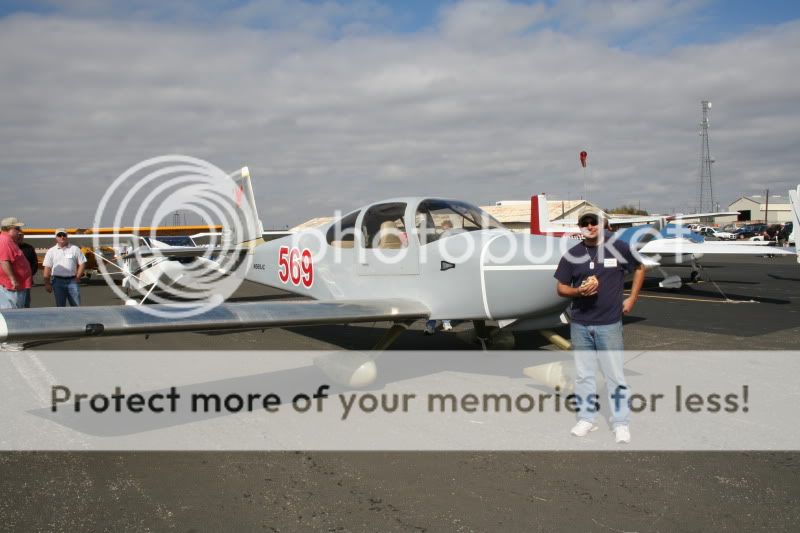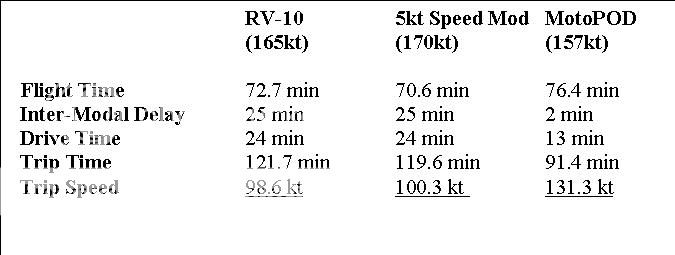I have had my RV-10 flying for a year now (150 hours!) and will soon do my condition inspection. I don't have the wheelpants finished/on, but I am reliably seeing only 138-145 Kts TAS at cruise (8500 feet, full throttle, 2400RPM). My plane is a little different than most - I have a carbureted O-540 with a traditional prop (same hub with two F8487A-3R 81" blades). Hartzell engineers assured me that there is only a 6% efficiency decrease on this prop as compared to the vans prop, but I am thinking that the bite on the blade was simply designed for 135Kts cruise, which is what its original installations (Cherokee 235, Maule M7) liked to do. Changing the pitch stops probably won't help, though a prop shop said they'd do that.
The engine burns 11-12gph reliably averaging all phases of flight.
I'm looking for ideas on how to get more speed (fuel efficiency) from the existing system. I've been told that the wheelpants can help up to 9-10Kts by reducing drag, but what other suggestions to you builders have for checking, debugging, and enhancing the plane's performance? I'd sure like to find the extra 30Kts that even the Continental 210HP factory plane has...
Doug.
The engine burns 11-12gph reliably averaging all phases of flight.
I'm looking for ideas on how to get more speed (fuel efficiency) from the existing system. I've been told that the wheelpants can help up to 9-10Kts by reducing drag, but what other suggestions to you builders have for checking, debugging, and enhancing the plane's performance? I'd sure like to find the extra 30Kts that even the Continental 210HP factory plane has...
Doug.












